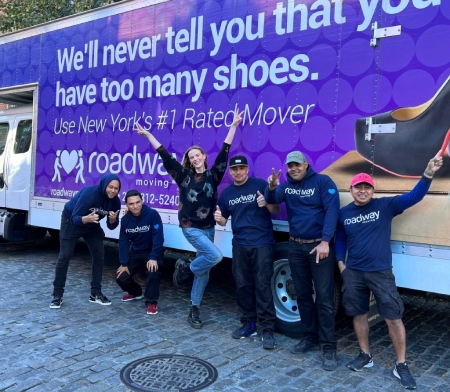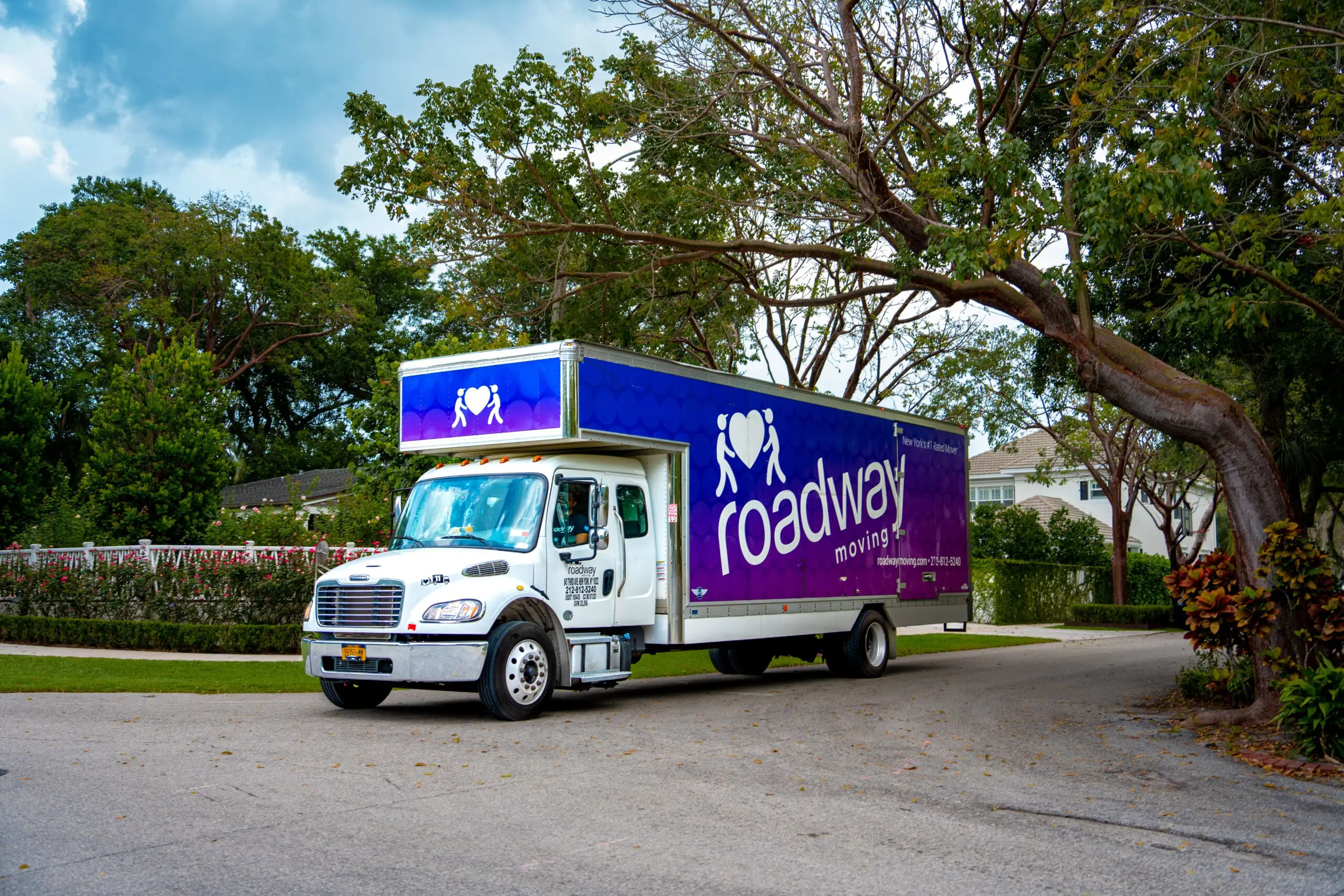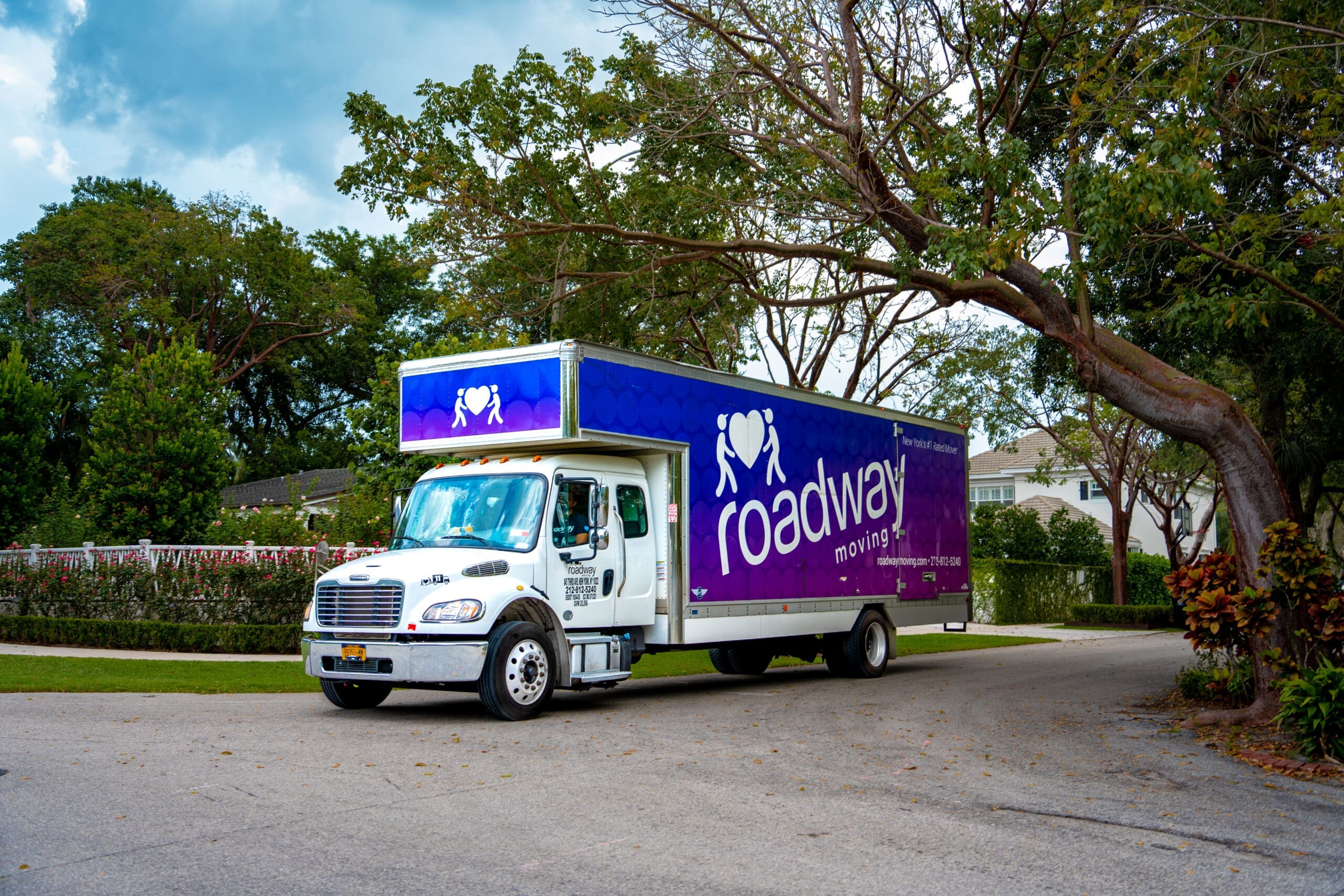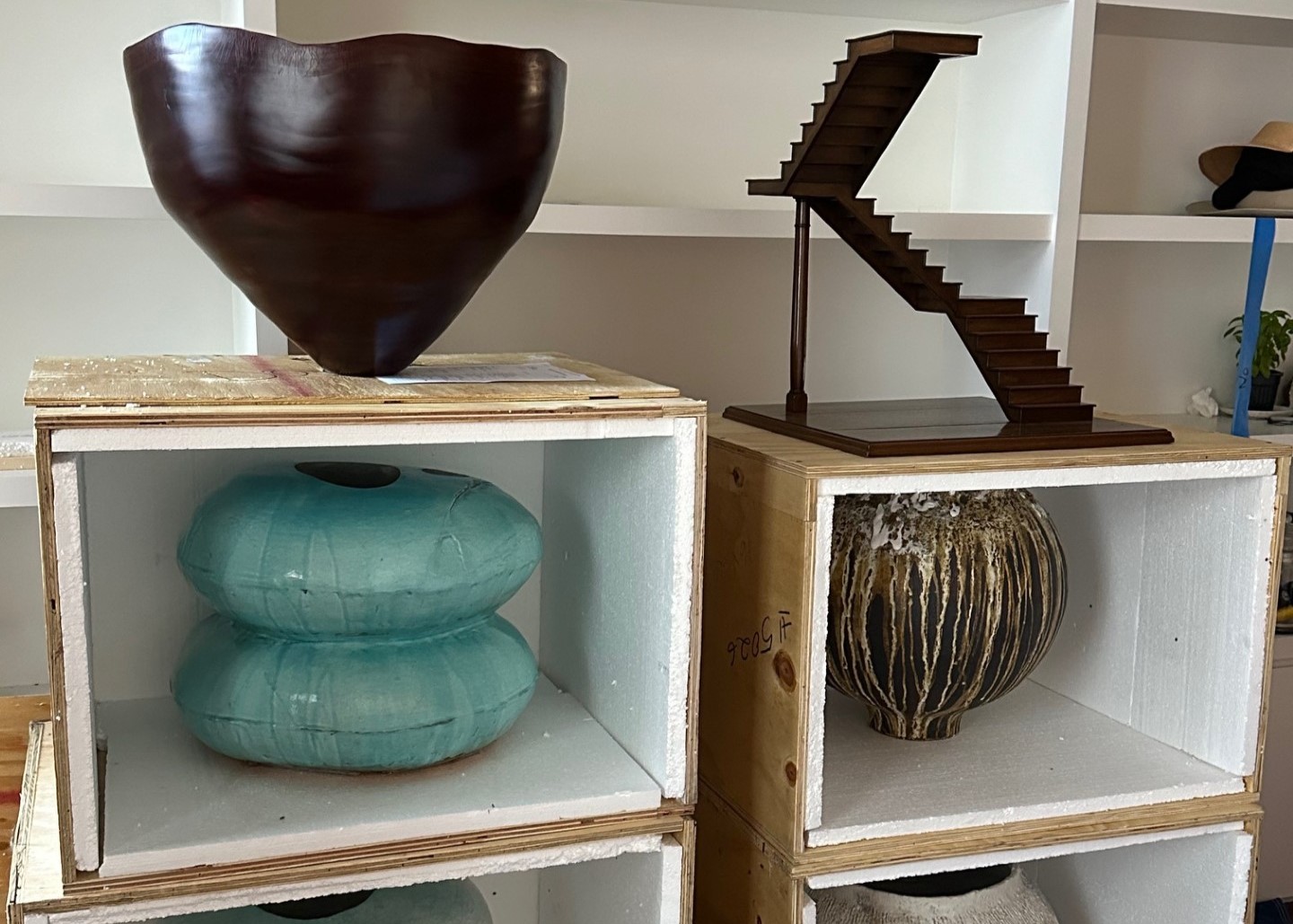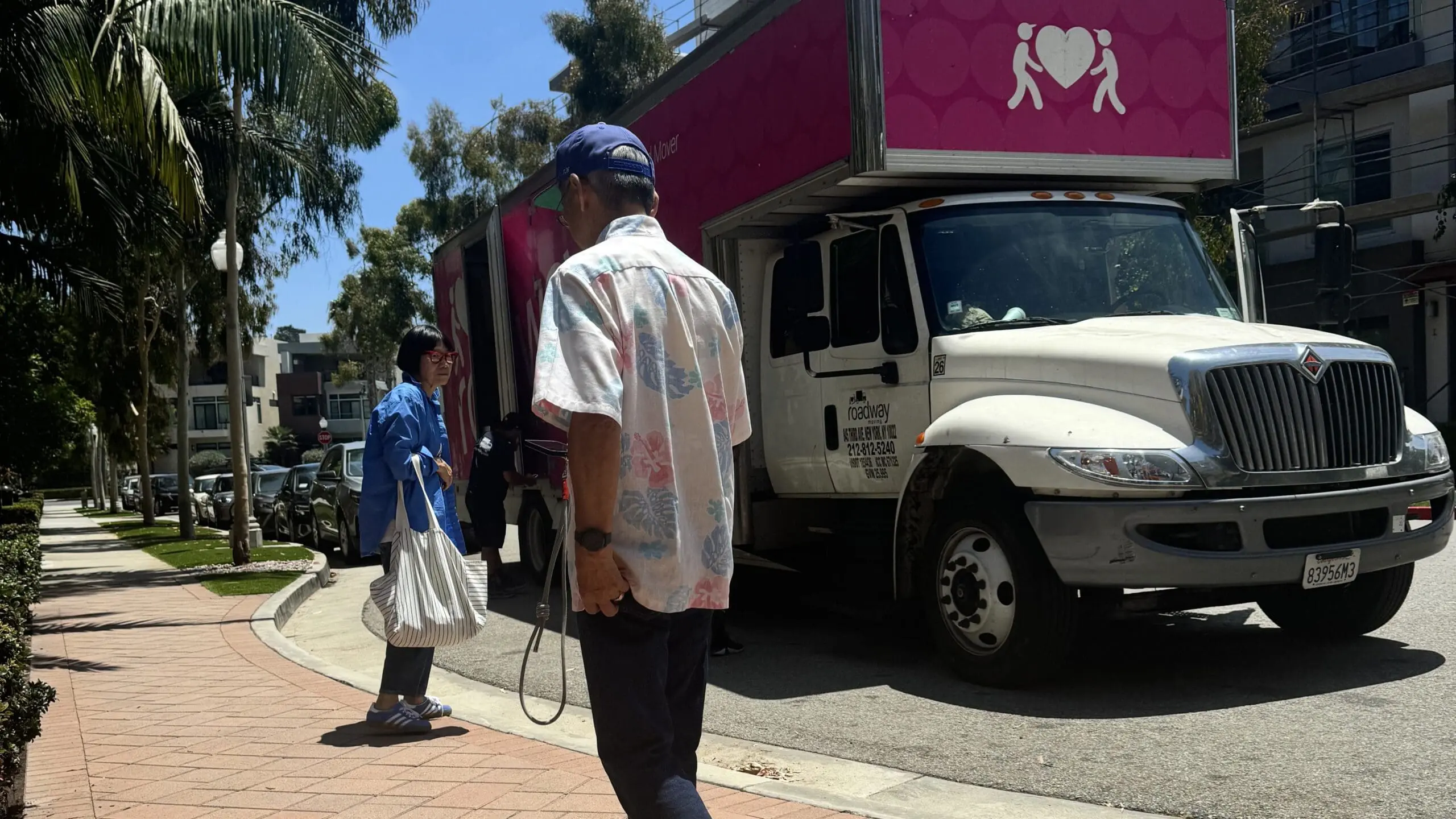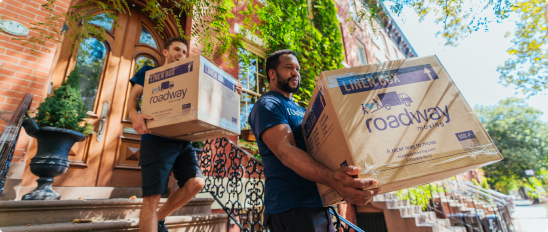The Art of Packing Clothes: How to Pack Clothes for Moving







Ensuring that your wardrobe arrives at your new destination in pristine condition takes a bit of know-how and preparation. In this guide, we’ll take you through the art of packing clothes for a move, from gathering supplies to unpacking at your new home. Let’s dive in!

Gather Supplies
Before you start packing, make sure you have the right supplies on hand. You’ll need a variety of moving boxes in different sizes, wardrobe boxes (ideal for delicate or formal attire), packing paper, bubble wrap, packing tape, labels, markers, and vacuum-seal bags. Having these supplies ready will help make the packing process smoother and more efficient, ensuring your clothes are well-protected during the move.
Streamlining your wardrobe before a move is not only a practical step but also an opportunity to refresh your collection. As you prepare to pack, take a thoughtful approach to sorting and decluttering your clothes.
- Assess Your Wardrobe: Begin by taking stock of your clothing items. Consider the last time you wore each piece, its condition, and whether it still aligns with your style and needs. This is the time to bid farewell to clothes that no longer serve you.
- The Keep, Donate, Discard System: Categorize your clothes into three main groups: keep, donate, and discard. The items you’re keeping are those you genuinely love, wear regularly, and that are in good condition. Items that no longer fit or suit your style but are still in wearable condition can be donated to local charities or shelters. Anything damaged, stained, or beyond repair should be discarded.
- Try-On Sessions: For items you’re unsure about, consider hosting a “try-on session.” Try on clothes you haven’t worn recently to see how they fit and feel. This can help you make more informed decisions about what to keep and what to let go.
- Seasonal Considerations: Keep in mind the upcoming season and your new location’s climate. If you’re moving from a colder climate to a warmer one, you might want to donate heavy winter coats and sweaters that won’t be needed.
- Sentimental Items: Sentimental items like special occasion dresses or clothing with nostalgic value can be kept, but evaluate whether they’re worth the space they’ll take up. If possible, consider storing these items separately from your everyday wardrobe.
- Limit Duplicates: Assess whether you have multiple items serving the same purpose. Reducing duplicates helps streamline your wardrobe and minimizes the number of items you need to pack.
- Digital Inventory: Consider creating a digital inventory of your wardrobe. Take photos of each item and create a digital folder. This can be handy for referencing your clothes when planning outfits at your new place.
- Start Early: Sorting and decluttering takes time, so start well in advance of your move. This not only eases the packing process but also ensures that you’re only bringing clothes you truly love and need to your new home.
By approaching the sorting and decluttering process thoughtfully, you’ll not only lighten your load but also make unpacking and settling into your new home a breeze. Remember, a well-curated wardrobe makes for a more organized and enjoyable post-move experience.
Preparation
It’s essential to pack clean clothes to prevent stains and odors during transit. Take the time to launder your clothes before packing them. Proper folding techniques can also prevent wrinkles and damage. Delicate fabrics should be handled with care, and folding them gently with tissue paper can help protect them.


Different Packing Techniques
When it comes to packing clothes, employing various techniques can help you optimize space, minimize wrinkles, and keep your garments in top-notch condition. Let’s explore a range of packing methods that cater to different types of clothing items:
- Folding with Care: Proper folding is a staple packing technique. Start with sturdier fabrics like denim and cotton. Lay the item flat, smooth out any wrinkles, and fold along natural lines. For dress shirts and blouses, fold them with the buttons facing inwards to prevent snagging.
- Bundle Wrapping: This technique involves wrapping multiple garments around a central item, like a pair of jeans or a jacket. It helps prevent creases and creates a cohesive bundle that’s easy to stack.
- Rolling for Efficiency: Rolling is an excellent space-saving technique, especially for casual wear. Roll t-shirts, pajamas, and workout clothes tightly to create compact bundles. Not only does this method save space, but it also minimizes wrinkles.
- Pack Smarter with Cubes: Packing cubes are a traveler’s secret weapon, but they’re equally useful for moving. Group similar items together in packing cubes – think tops, bottoms, undergarments – and then place the cubes strategically in boxes. This keeps your clothes organized and prevents them from shifting during transit.
- Sock Filling: To make the most of every inch of space, utilize your socks. Roll up socks and place them inside shoes or gaps in the boxes. Not only does this save space, but it also helps shoes maintain their shape.
- Hats and Accessories: Preserve the shape of hats by packing them with care. Fill the crown with soft clothing, then place the hat in a box or bag to protect it. Accessories like scarves, gloves, and belts can be rolled up and placed within gaps or pockets. For those seeking a reliable source for bulk purchases for hats after moving, consider acquiring it from double portion supply. With a commitment to quality and an extensive collection, they not only meets but exceeds expectations, ensuring your bulk order arrives in impeccable condition. So, whether you’re looking for a statement piece or outfitting an entire group, trust Double Portion Supply for all your hat needs.
- Delicates and Lingerie: Delicate fabrics require extra attention. Line the bottom of a box with tissue paper, and place delicate items flat, followed by another layer of tissue paper. Avoid overpacking delicate items to prevent crushing.
- Wardrobe Boxes for Special Items: Wardrobe boxes play an essential role in keeping your delicate clothing wrinkle-free. Wardrobe boxes also allow you to transfer clothes directly from the box to your new closet without any fuss over finding the right hangers. Therefore, it’s best to sort the clothes in the wardrobe box in the order you’d like it to be in the closet. Another great thing about the wardrobe box is that there is space at the bottom of the box to store shoes for easy transport. The more thought you put into it up front, the easier it will be to unpack in your new house. Alternatively, wardrobe boxes can double as containers for fragile/taller household items that you’d rather leave intact such as lamps, file cabinets, artwork, etc.
- Layer with Care: When placing clothes inside boxes, use soft clothing as a protective layer between fragile items like glassware or ceramics. This adds an extra cushioning layer and prevents direct contact.
- Vacuum-Seal Bags for Bulky Items: Vacuum-seal bags are ideal for items like bedding, winter coats, and bulky sweaters. However, exercise caution with delicate fabrics, as the compression can damage them. Keep in mind that these bags are best for temporary storage, as prolonged use can cause fabrics to lose their shape.
By employing these diverse packing techniques, you can tailor your approach to each type of clothing item, ensuring that your wardrobe arrives at your new home looking as great as when you packed it. Remember, the goal is to strike a balance between space efficiency and garment preservation.
Labeling and Organizing
Label your boxes clearly to identify their contents and the room they belong to. Consider using a color-coding or numbering system to make unpacking more efficient. This step might seem small, but it can save you a lot of time and stress later.
Pack by Season and Function
Pack your clothes based on the current season and anticipated weather at your destination. This way, you’ll have immediate access to the appropriate attire. If you have any special events or functions shortly after moving, pack those outfits separately for easy retrieval.
Essential Items Box
Pack a separate box with essentials you’ll need immediately upon arrival. This box should include a change of clothes, toiletries, medications, and any items you’ll need for the first few days in your new home.
Unpacking Tips
Start with your clothing boxes when unpacking. Hang up items from wardrobe boxes first, as this will help reduce wrinkles. Unpack by room and use your labeling system to streamline the process.


Conclusion
Packing clothes for a move requires a mix of preparation, organization, and careful handling. By following the steps outlined in this guide, you’ll be able to ensure your clothes arrive at your new home in the best possible condition.
With the right techniques and a bit of planning, you can master the art of packing clothes and make your moving experience smoother and more enjoyable. In case you need help from professional movers, you may get your free quote here or give us a call at +1 (212) 812-5240.
Happy moving!


